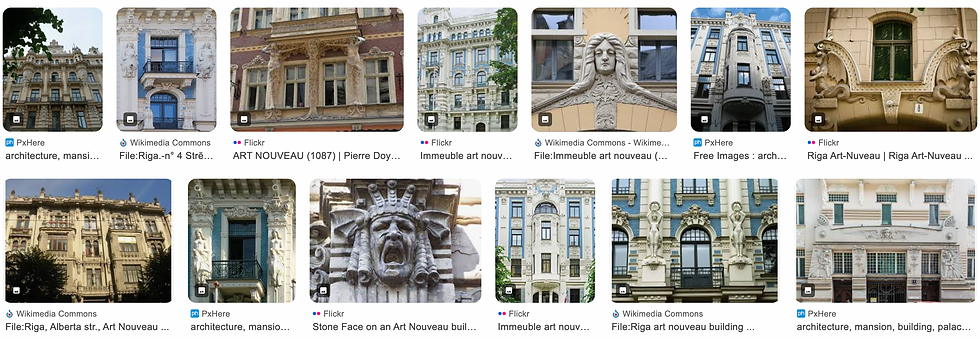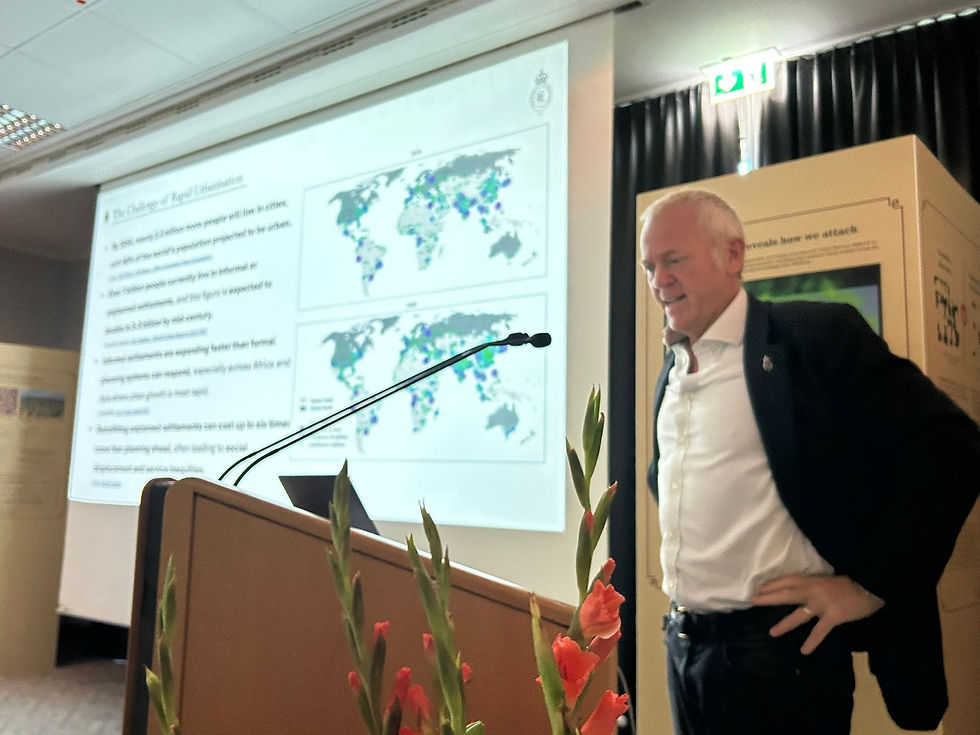The theme is “Regenerative Architecture and Urbanism: Recovery and Resilience After an Age of Disruption”, set for July 6-10, 2026
ABOVE: A video by the team as we made preparations for the conference in beautiful Latvia, showing conference and hotel venues, and other features we will visit. (Click to play.)
JELGAVA, LATVIA - The 63rd International Making Cities Livable (IMCL) conference is set to occur this summer in this city, and in nearby Riga, the capital of Latvia.
The conference will begin in Riga on July 6th, featuring tours of the city's architectural beauty and poignant history. On July 7th, transfers will be provided to the nearby city of Jelgava, where we will gather for the formal conference events, as well as tours of that city. We will examine "regenerative architecture and urbanism" with a focus on recovery and resilience following a period of disruption.
The topic is certainly timely. Cities and towns across the globe are experiencing unprecedented new disruptions from social, political and environmental forces that are straining our ability to respond effectively. However, ours is far from the first time in history that disruptions have required new responses and new forms of resilience. What can we learn from history, and in particular, European history, that will be applicable to other parts of the world? There are timeless lessons as well as new strategies that cities and towns can employ to cope with stresses and seize opportunities, balancing adaptive innovations with the continuity of heritage and local identity. The conference will examine these issues.
Latvia is a fitting place to do so. As a European leader at the forefront of current geopolitical tensions, the country has also come through enormous past disruptions, including the devastation and regeneration of its cities in World War II and the years of occupation that followed. In the process, Latvians have sought to build on their own local identity and culture. Today that work continues, as it does in other parts of the world.
The video above shows the venues for the conference, as well as some of the splendid architecture and thought-provoking museums we will visit. The conference location in Jelgava is the Jelgava Palace, and the hotel is the Hotel Jelgava. In Riga, the hotel is the Radisson Old Town Riga, and we will visit a number of other venues while in town. Both cities offer many other excellent hotel choices at a range of prices.

July is an ideal time to travel in Latvia, with typically beautiful summer weather. Riga is easily accessible from other European airport hubs or by rail, and the country is remarkably affordable. There are excellent opportunities for side trips to other parts of Latvia, the Baltic States and Europe as a whole. Transfers are also very convenient from the Riga airport or train station to the hotel and venues, as are the transfers in Jelgava.
For more information, please visit: https://www.imcl.online/latvia
To submit a no-obligation abstract, please visit: https://www.imcl.online/cfa26
------
The International Making Cities Livable (IMCL) conference series, a premier interdisciplinary, cross-border gathering of city leaders, researchers and practitioners established in 1985, invites you to submit an abstract for its upcoming 2026 conference. Our last conference in Potsdam, Germany in October 2025 included cross-sector leaders from the Americas, Europe, Africa, Asia, and Australia. Attendee comments included “An absolutely fantastic event, with amazing speakers and extremely well organized,” “Wonderful conference!”, “Such rich content!”, “Excellent… High professional level and warm atmosphere”, “I left brimming with ideas and contacts for a great cohort of new colleagues.”



















